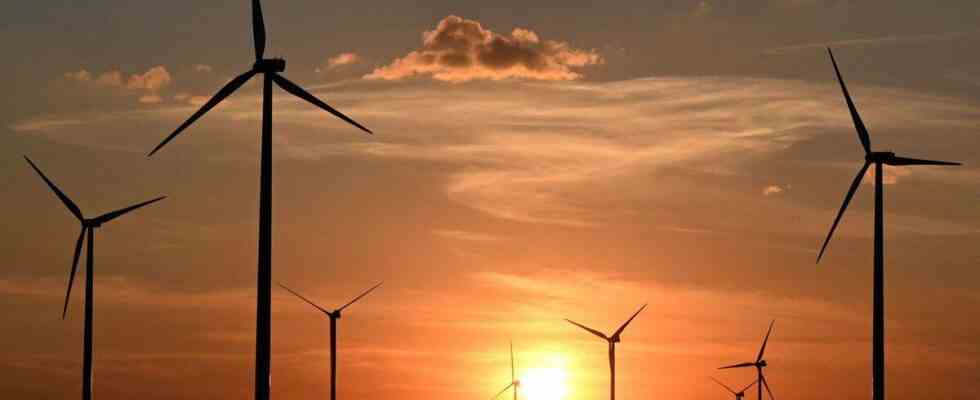And now, on to the solutions. The Intergovernmental Panel on Climate Change (IPCC) is publishing the third chapter of its assessment report on Monday, the first since 2014. After the scientific finding of global warming in the first part, published in August 2021, then its consequences in the second part in February, the UN experts this time give the keys to limit the damage to the 195 signatory States.
This work is based on scenarios divided into eight categories, from the most optimistic to the most pessimistic. In summary – the Summary for Policymakers, the summary of the report, which alone is 63 pages long, warming will be limited in the best case to 1.5°C in 2100. And in the worst case, it exceeds 4°C. Which makes Hoesung Lee, a member of the IPCC, say that we are more than ever “at a crossroads. The decisions we make now can ensure a livable future, knowing we have the tools and knowledge to do so.”
Goodbye fossil
To give an idea of the scope of the project, the IPCC is clear: reaching +1.5°C, the objective of the Paris agreement, means that global greenhouse gas (GHG) emissions will experience their peak in 2025 at the latest and drop by 43% by 2030. And total carbon neutrality is reached in 2050. Without a drastic and immediate reduction, the 1.5°C will be “impossible”, states the report.
A huge project, therefore, and very large. The first sector concerned, energy, which requires “major transitions”. It is necessary, says the IPCC, to greatly reduce the use of the fossil. With the right policies and the technology that follows, this would reduce GHGs by 40 to 70% in thirty years. Still to stay at +1.5%, the use of coal, oil and gas must drop by 95%, 60% and 45% respectively by 2050. And to limit to +2°C, the objectives remain very ambitious: – 85%, – 30% and – 15% for the same resources. At the same time, it will be necessary to rely, according to the report, on the continuous fall in the costs of wind and solar energy and energy storage.
Another major item is industry, which accounts for around a quarter of GHG emissions. The use of steel, cement and plastic is generally on the rise across the planet, so much so that “production processes will have to be reviewed in depth”, indicates the IPCC. The goal: to manufacture better by using carbon-free electricity, hydrogen or biofuels while having a real management of its carbon footprint.
“Compact” and “pedestrian” cities
Cities also have a role to play, experts insist. Several axes appear, including the fact of arriving (or returning) to “compact” and “pedestrian” cities while developing networks of cycle paths. Cities must also offer a maximum electrified transport network (using low-emission electricity, of course). Still in the hope of staying within the + 1.5°C nails, CO2 emissions from these same transports must drop by 59% by 2050. And by 29% to stay below + 2° vs. This can be facilitated in particular by the rise of teleworking and digitalisation, which make it possible to reduce travel.
The city is also green spaces: betting on them is imperative to increase carbon capture. Moreover, the report highlights the essential role of agricultural land and forests in this area. But beware, says the IPCC: “Earth alone cannot compensate for delays in reducing GHG emissions by other sectors”.
And the accommodations? Here again, the challenge is immense: it is to be hoped that all the buildings, renovated or to be built, will be neutral by 2050. Finally, the IPCC dwells on the financial aspect. To respect the limit at + 1.5°C or + 2°C, investments linked to the energy transition must be “three to six times higher” each year until 2030. At a minimum.

